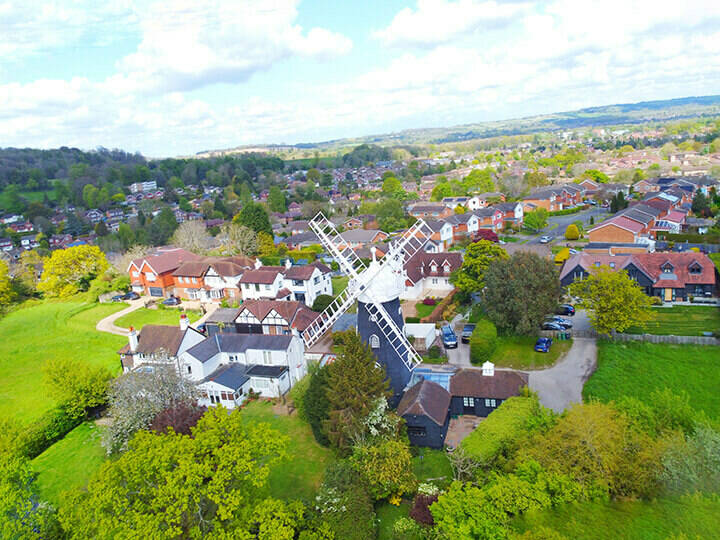NLPG Exemplar Award Runner-up – Most creative use 2008: London Borough of Barking and Dagenham.
Since 2006, the London Borough of Barking and Dagenham has actively sought information about both internal and external population migration.
Monitoring forms were produced and sent out with all electoral registration requests, to capture additional demographic information not covered by the electoral register addition / deletion process. This data, when linked to the NLPG, enabled the council to map, at household level, the movement of population within the Borough giving additional intelligence for the strategic planning of service delivery, effective targeting of resources and joined up working between service teams.
Outcomes
The expansion of the European Union has led to a significant increase in migrant workers arriving in the UK. Although bringing both economic and other benefits, migration may also put pressure on local services, and in some cases has led to community tension. The London Borough of Barking and Dagenham has traditionally welcomed a relatively high rate of both Indian and Pakistani nationals, and over recent years there has been a significant increase in the number of Nigerian and Eastern European nationals choosing to make the north London borough their home.
Initially designed as a research exercise by the council’s Policy and Partnership the project aimed to investigate the changing demographic make up of the borough, with the idea of gaining a better understanding of who the council’s customers are and how the council should adapt to meet their needs. Using the existing electoral services additions and deletions process, a broad picture of population movements was already available. However the simple inclusion of an additional monitoring form with existing communications resulted in additional data covering age, gender, ethnic group, number of people under 18 in household, passport nationality, current and previous address, language, country of birth, tenure of property and years of living in the UK, being captured.
By linking this data to the council’s NLPG it became possible to map population movements at a household level, identifying not only the demographic profile of new residents but also where they are moving from and to. This additional detail may provide indications of potential service or resource demand issues for example within health, childcare and education.
The results have also highlighted other trends and patterns such as clusters of certain nationalities within the borough, demand for different types of housing and pressures on school places especially where there may be an influx of children who do not have English as their first language.
Key benefits
- This project has proved successful in gaining a greater understanding of the changing demographic profile of the borough’s population, migration movements and patterns, since 2006.
- The additional intelligence gathered enables the council to better understand who their customers are, how their customer base is changing and what demands and challenges they may face as a result.
- By mapping migration movement, using the NLPG as a single reference base, the council has facilitated joined up working and enhanced data sharing between service teams, integrated databases and knowledge management processes and identified new areas of research.
- The integration of the NLPG with essential back office databases, such as the electoral register, Pupil Level Annual School Census, Council Tax, Non Domestic Rates, Education and Housing has freed internal data for more effective analysis and informed decision making.



